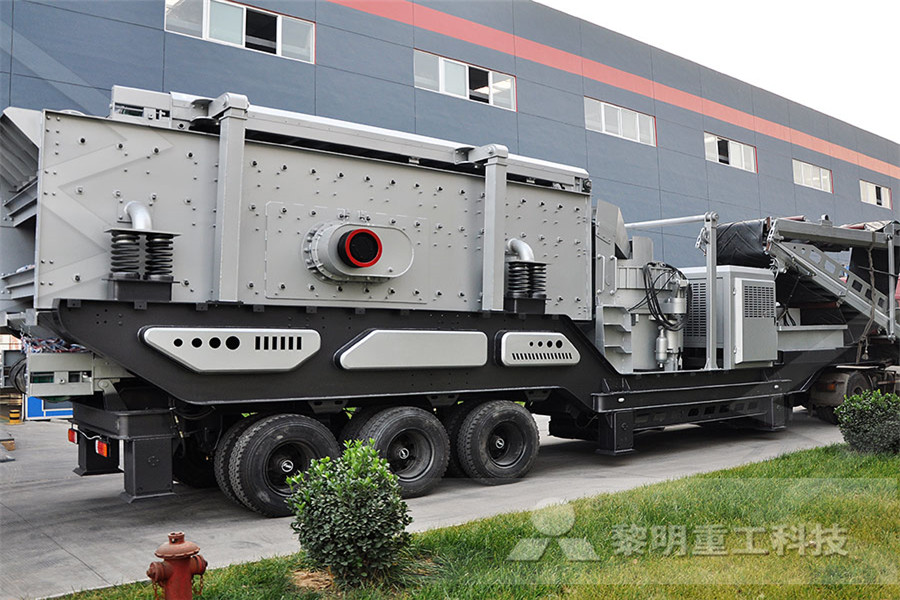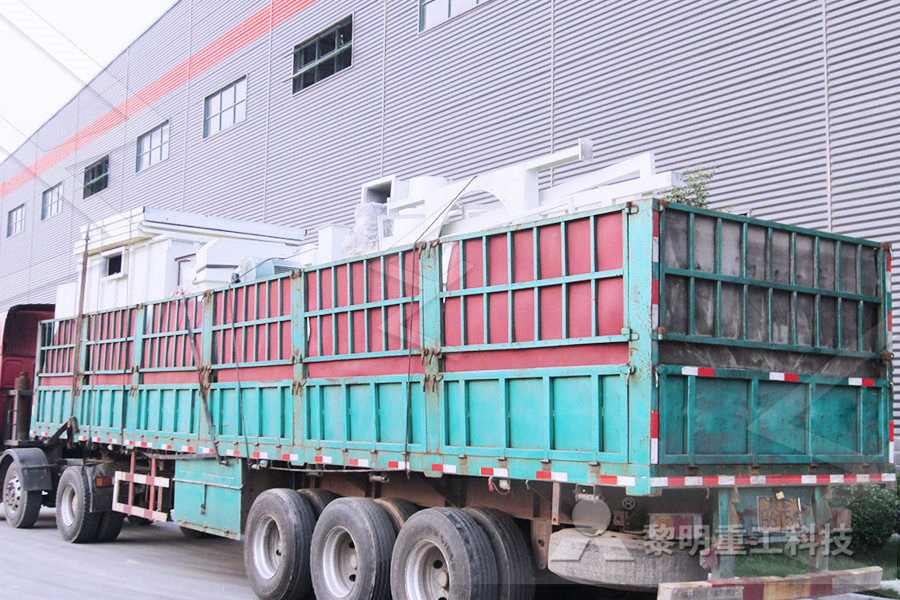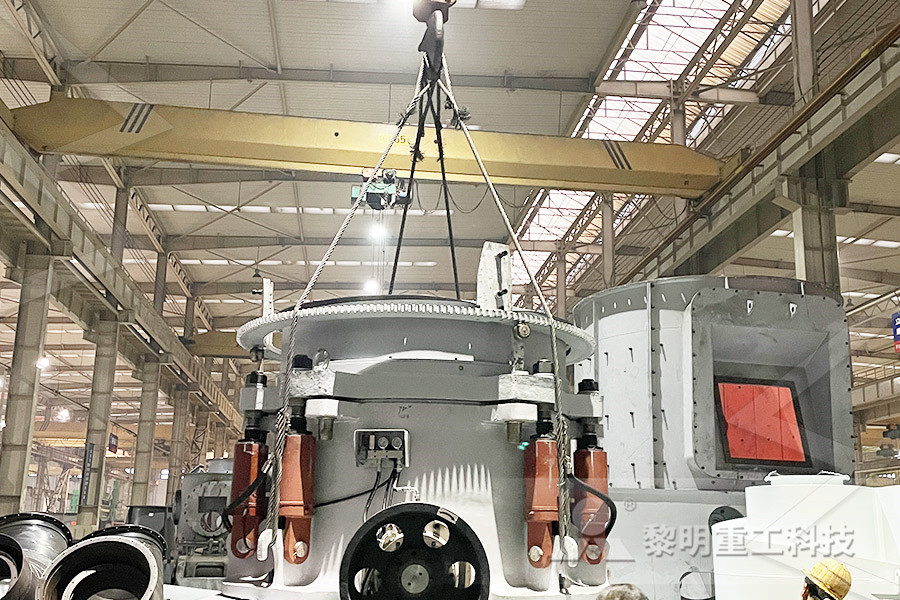
Iron ore extraction techniques ScienceDirect
Iron ore was won by drilling and blasting As mining technology generally developed, so did drilling techniques and the explosives used Smith (1990) reported that the Cleveland deposit was associated with a very strong stone roof rock (known as “dogger”) allowing mine drivages to be selfsupporting However, he states that in later years where the mining had progressed to the dip, this The aim of ore dressing is increasing the concentration of iron in the ore by removing the unwanted impurities and improve the properties of the ore which helps in the successive stages of extraction, The ore dressing process is carried out to improve the physical and mechanical properties of iron ore and includes Crushing process, Sintering process, Purification and concentration of the ore Crushing process is used to obtain iron ore Extraction of Iron from its ores, Iron dressing, How is iron extracted from its ore? Iron is concentrated by the process of calcinations Once it is concentrated, the water and other volatile impurities such as sulfur and carbonates are removed This concentrated ore is then mixed with limestone (CaCO 3) and Coke and fed into the blast furnace from the top It is in the blast furnace that extraction of iron occursIron Ore Mining Techniques Metal Extractioniron ore extraction technique thickeners Extraction of Iron from its ores, Iron dressing, 10/23/2018 The ore dressing The aim of ore dressing is increasing the concentration of iron in the ore by removing the unwanted impurities a「iron ore extraction technique thickeners」XH miningA process to remove iron from bauxite ore is described in which the ore is first finely crushed, calcined, and contacted with a reducing gas to convert iron present as very weakly magnetic goethite or hematite to magnetite or elemental iron The ore is then passed through a magnetic separator to remove the iron A 15% Fe 2 O 3 product was produced from an Alabama bauxite ore analyzing 27% Fe 2 O 3 A process for enhanced removal of iron from bauxite

USA Process of removing iron impurities
A process of removing iron impurities from ores, particularly useful for removing stains of iron impurities adhered to silica sand particles, comprises grinding the ore, washing and desliming the ground ore to remove the major part of the claytype binder, attritionscrubbing the deslimed particles to release further amounts of binder therefrom, washing and desliming to remove said binder, drying and heating the ore iron ore was not significantly affected at high microwave power, high H 2SO 4 and H 2O2 concentration and high temperature conditions By applying microwave and chemical methods (H 2SO 4/H 2O2) together, sulfur content of iron ore was removed approximately by 84% Keywords: Iron ore; sulfur removal; physical and chemical methodsRemoval of Sulfur From Iron Ore with Physical and So the simple technique of utilizing the volatile matter of this lower grade coal for partial reduction of iron ore through the pyrolysis of coal could be a leap forward in the iron making process In this work, a process for prereduction of iron ore briquettes [ 6 ] using the volatile matter as well as the nanosized carbon particles present in soot (produced by pyrolysis of lean grade coal) is reportedA Novel Devolatilization Technique of Prereduction Removing iron impurities from magnesite ore by asynchronous reverse flotation 173 According to Table 2 and Fig 2, the MgO content of the single magnesite mineral is 4735%, and the MgO content of pure magnesite is 4781% The content of MgCO 3 in single magnesite is over 97% REMOVING IRON IMPURITIES FROM MAGNESITE ORE BY The problem of properly utilizing noncoking coals in alternative iron making processes dates back to long ago Lean grade coals with higher ash and volatile matter content (eg boiler grade coals) have always challenged the metallurgists to develop a suitable process for their utilization The aim of this work is to achieve an energy efficient method for the reduction of briquetted iron ore A Novel Devolatilization Technique of Prereduction

Iron removal by physical chemical way Lenntech
Iron is one of the most abundant metals of the Earth's crust It occurs naturally in water in soluble form as the ferrous iron (bivalent iron in dissolved form Fe 2+ or Fe(OH) +) or complexed form like the ferric iron (trivalent iron: Fe 3+ or precipitated as Fe(OH) 3)The occurrence of iron in water can also have an industrial origin ; mining, iron and steel industry, metals corrosion, etc Oxidation Filtration (Iron Removal) while pyrolucite is a naturally mined ore composed of solid manganese dioxide Greensand media has been shown to be capable of removing up to 80% of arsenic by oxidation/adsorption In oxidation/filtration processes, water is passed through a column of MnOx media which adsorbs and catalyzes the oxidation Oxidation Filtration (Iron Removal) Arsenic in Drinking Iron ores in the form of hematite (ferrous oxide) and magnetite are removed from the earth through mining The use of heavy mining equipment is necessary to dig out large pits in an area with a large deposit of iron ore; however, because iron does not occur naturally, it is necessary to use a blast furnace to separate or refine iron from the other substances in the iron oreHow Is Iron Extracted From the Earth? Reference per year The minerals in the iron ore are mainly of magnetite and hematite, but many of the iron ore rocks and mines contain sulfide minerals such as pyrite, chalcopyrite, arsenopyrite, etc The sulfur content of iron ore concentrates is generally about 05% to 2%, and sometimes more than 07%, while the permitted limit of steel industries isREMOVAL OF SULFUR AND PHOSPHOROUS FROM IRON Limonite ores are a common and widely distributed refractory iron oxide ores in the world In this paper, in view of the growing development of steel and iron industry, the depletion of easyprocessing iron ores and growing environmental concerns, a novel and green technique route was proposed to comprehensive utilize limonite ores by asynchronously recovering various valuable elementsNovel and green metallurgical technique of comprehensive

The History of Iron and Steel Production Techniques
The process of refining ore into a base metal, in this case by removing oxygen, is known as smelting Bloomery The oldest form of smelting iron from iron ore is through the use of a bloomery A bloomery is a small structure typically made out of clay or a similar material in which iron ore is refined into iron Iron ore and charcoal are added Slowgoing and dangerous it may have been, but ancient mining techniques were clever The earliest mines sought cosmetic pigments for funerals Picks and hammer stones are examples of stone age tools Later, ancient man discovered metals which provided materials for Ancient Mining Tools and Techniques Owlcation Smelting Furnace of Iron Ore Laboratoryscale experiments showed that pig irons and steels of acceptable grade can be made by arcfurnace methods from east Texas siliceous ores containing less than 25 percent iron Under highly reducing conditions, 97 to 99 percent of the iron in the ore was recovered as pig iron Small quantities of limestone, the minimum limited only by progressively higher Gold Smelting Metal Melting Equipment 911 MetallurgistHeavy medium separation (HMS) is commonly used in coal and iron ore to produce final products but can also be used for preconcentration before further processing Runofmine ore is crushed to the maximum size necessary to liberate mineralized material from unmineralized material and processed in Unearthing hidden value using preconcentration techniques We used a synthetic solution of surfactant in the reverse flotation of ore with 180 mg/L The reaction was monitored with TOC analysis and a spectrophotometer throughout the reaction The UV/H 2 O 2 and Fenton system were studied by varying peroxide and iron concentrations, with 120 minute tests Additionally, photo‐Fenton concentrations, the Degradation of surfactant used in iron mining by oxidation

Iron removal by physical chemical way Lenntech
Iron is one of the most abundant metals of the Earth's crust It occurs naturally in water in soluble form as the ferrous iron (bivalent iron in dissolved form Fe 2+ or Fe(OH) +) or complexed form like the ferric iron (trivalent iron: Fe 3+ or precipitated as Fe(OH) 3)The occurrence of iron in water can also have an industrial origin ; mining, iron and steel industry, metals corrosion, etc Oxidation Filtration (Iron Removal) while pyrolucite is a naturally mined ore composed of solid manganese dioxide Greensand media has been shown to be capable of removing up to 80% of arsenic by oxidation/adsorption In oxidation/filtration processes, water is passed through a column of MnOx media which adsorbs and catalyzes the oxidation Oxidation Filtration (Iron Removal) Arsenic in Drinking Iron ores in the form of hematite (ferrous oxide) and magnetite are removed from the earth through mining The use of heavy mining equipment is necessary to dig out large pits in an area with a large deposit of iron ore; however, because iron does not occur naturally, it is necessary to use a blast furnace to separate or refine iron from the other substances in the iron oreHow Is Iron Extracted From the Earth? ReferenceAbstract Highiron bauxite, which is a typically unmanageable form of bauxite due to its high contents of iron and diaspore, has not been used by alumina producers An advanced roasting technique for removing iron from highiron bauxite, based on static preroasting in air and suspension roasting by hydrogen under fluidized conditions followed by magnetic separation was developed in this studyEnhanced removal of iron minerals from highiron bauxite Concentration of ferromagnetic iron ores magnetite ores, iron ore other than magnetite, after preliminary conversion of iron minerals to artificial magnetite by suitable Roasting Recovery of fine ferromagnetic particles from liquid dense media plants For the removal of small quantities of iron ore minerals from Ceramic raw materialsMECHANICAL SEPARATION TECHNIQUES

Froth Flotation of Iron Ores Publications
control in iron ore flotation circuits and the level of ionic strength in iron ore flotation pulp The presence of calcium and magnesium is particularly detrimental to kaolinite removal from iron ore[32] For dispersantkaolinite interactions, it was found that sodium silicate, a standard dispersant widely used in iron ore flotation for silicate Limonite ores are a common and widely distributed refractory iron oxide ores in the world In this paper, in view of the growing development of steel and iron industry, the depletion of easyprocessing iron ores and growing environmental concerns, a novel and green technique route was proposed to comprehensive utilize limonite ores by asynchronously recovering various valuable elementsNovel and green metallurgical technique of comprehensive iron by reverse flotation The sillcon was removed effective, and calcium and iron were removed at same time by the flowsheet of removing impurity by two step from magnesite ore by reverse flotation EXPERIMENT Experimental samples Mineral composition and content: The samples of magnesite ore for experimental is from HaichengStudy on removing impurity from magnesite ore by two The process of refining ore into a base metal, in this case by removing oxygen, is known as smelting Bloomery The oldest form of smelting iron from iron ore is through the use of a bloomery A bloomery is a small structure typically made out of clay or a similar material in which iron ore is refined into iron Iron ore and charcoal are added The History of Iron and Steel Production Techniques Iron processing, use of a smelting process to turn the ore into a form from which products can be fashionedIncluded in this article also is a discussion of the mining of iron and of its preparation for smelting Iron (Fe) is a relatively dense metal with a silvery white appearance and distinctive magnetic properties It constitutes 5 percent by weight of the Earth’s crust, and it is the Iron processing Britannica